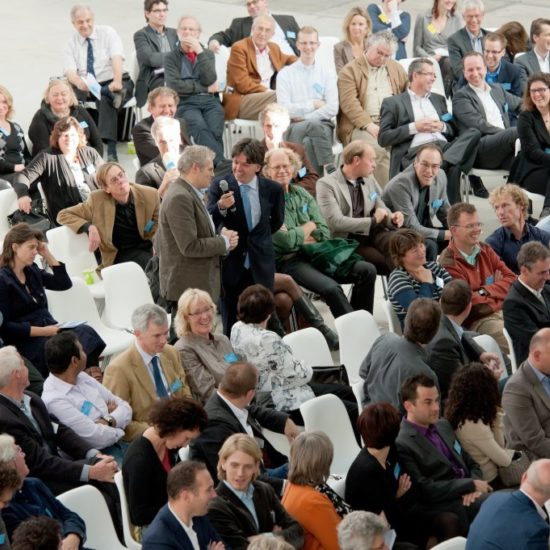Here are some best practices for designing an impactful closing ritual:
Summarize Key Outcomes
Briefly recap major decisions, key points, or action items. This solidifies shared understanding and reminds everyone of what was accomplished. Be concise yet thorough. You may present a summary slide, have someone verbally summarize or even make this a joint, interactive exercise.
Celebrate Successes
Explicitly highlight collective achievements, learnings, insights, or "a-ha" moments. Validate the hard work people put in. This creates a sense of satisfaction and gives credit where due. Consider an applause, shout-out, or even small token of appreciation.
Rally Around Next Steps
Share clear next actions, owners, and timelines. Rally commitment to post-event goals. This propels momentum beyond the meeting itself. You may have people voice commitments aloud or post action plans on a shared online space.
Inspire Ongoing Participation
Share ways for people to stay connected and continue collaborating. This could include scheduling follow-ups, creating online groups, or announcing future events. Enable ongoing participation. The more actual action is brought into the meeting or event, the bigger the chance that the train will keep on riding.
Express Gratitude
Sincerely thank all participants, speakers, organizers, and sponsors. Recognize their time and contributions. Gratitude builds goodwill and relationships.
Incorporate Ritual
Design a closing ritual that suits the event's tone and desired outcomes. Some ideas: a unified chant, meaningful object exchange, group photo, commitment pledge, etc. Rituals tap into emotion and symbolism.
The closing is not just an administrative formality or the announcement of drinks. It's a chance to energize people as they leave your event and head back into their regular environment. By devoting as much care and creativity to the close as you do the opening and programme design, you'll amplify impact far beyond the meeting itself.


